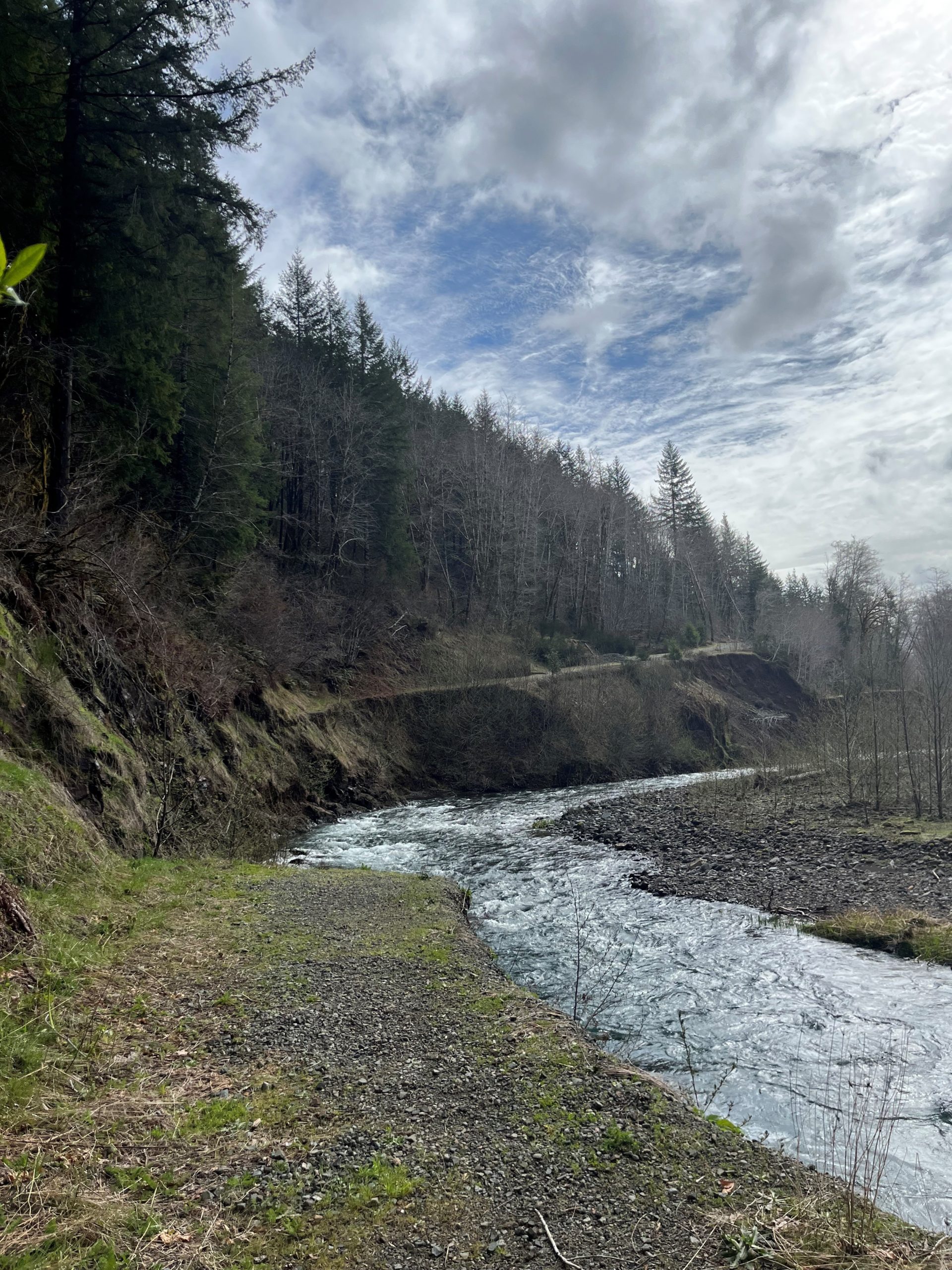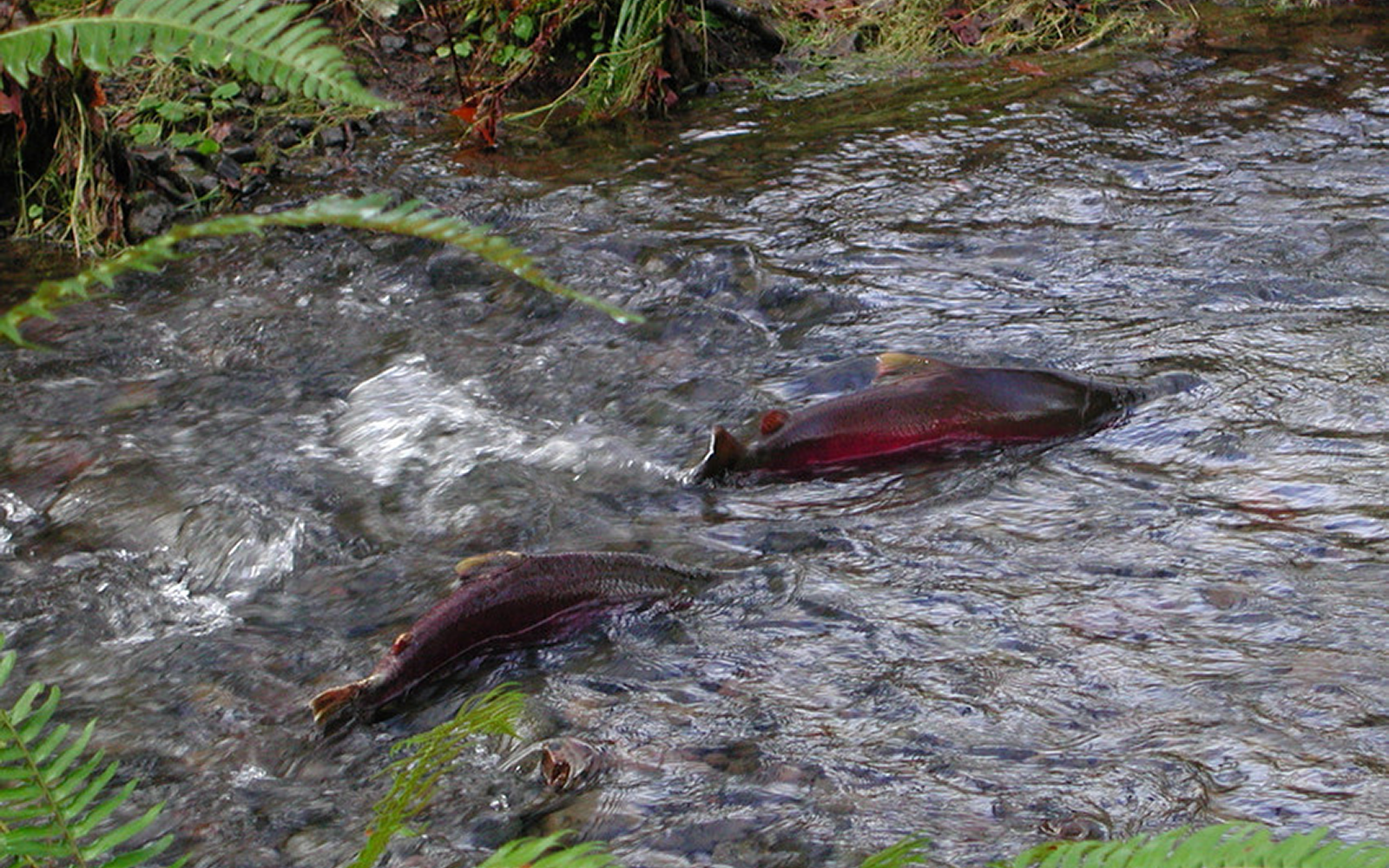FOR IMMEDIATE RELEASE
November 14, 2023
Contact:
Grace Brahler, Cascadia Wildlands, (541) 434-1463, grace@cascwild.org
Meg Townsend, Center for Biological Diversity, (971) 717-6409, mtownsend@biologicaldiversity.org
Casey Kulla, Oregon Wild, (971) 241-6585, ck@oregonwild.org
Michael Morrison, Pacific Rivers, (707) 845-2885, pdxspike11@gmail.com
Ryan Talbott, WildEarth Guardians, (503) 329-9162, rtalbott@wildearthguardians.org
Quinn Read, Portland Audubon, (206) 979-3074, qread@audubonportland.org
Damon Motz-Storey, Oregon Chapter of Sierra Club, (303) 913-5634, damon.motz-storey@sierraclub.org
Rob Kirschner, The Conservation Angler, (503) 894-0439, rob@theconservationangler.org
Mark Sherwood, Native Fish Society, (503) 344-4218, mark@nativefishsociety.org
Joseph Youren, Audubon Society of Lincoln City, (541) 921-9862, yourenjoseph@gmail.com
PORTLAND, Ore.— Eleven conservation groups today sent a letter calling on Oregon Gov. Tina Kotek and the Board of Forestry to protect additional acres of forest lands in the proposed Western Oregon State Forest Habitat Conservation Plan. Their proposed increase in protected mature and old-growth forest land would help safeguard imperiled species like the threatened Oregon Coast coho salmon and marbled murrelet.
Specifically, today’s letter seeks to protect forests older than 80 years in the Tillamook and Clatsop state forests and the Cook Creek watershed because of their ecological value for coastal communities and wildlife. The draft conservation plan is now in the process of being finalized by the Board of Forestry.
“Protecting more mature and old-growth coastal forests would benefit Oregon’s treasured wildlife and sustain coastal communities,” said Meg Townsend, senior freshwater attorney at the Center for Biological Diversity. “We need to protect Cook Creek to safeguard critical spawning habitat for Oregon Coast coho and make sure coastal residents have safe drinking water and recreational opportunities.”
Intact mature and old-growth forests provide important habitat corridors and refuges for wildlife including at-risk species like the marbled murrelet. They also help moderate flooding and runoff occurring more frequently in a changing climate while ensuring water quantity and quality to downstream communities. Older forests are the most resistant and resilient to climate change impacts like wildfire.
Across Oregon, only about 10% of mature and old-growth forests remain, and much less than that remains on the North Coast.
Clearcut logging and related activities like road building and aerial pesticide spraying increase sediment and other pollutants flowing into streams and drinking water sources. No-logging buffers around streams have increased under a settlement agreement with the Center for Biological Diversity and other groups. But communities remain concerned about the extent of clearcutting in their drinking watersheds and the short-term and cumulative harms of industrial logging.
This summer, Oregon Wild co-developed a project with NASA to map the extent of logging across watersheds on the North Coast. The analysis revealed that the forested areas many Oregon coastal communities rely on for safe and clean drinking water have been more than 50% clearcut over the past 20 years.
“Forested watersheds are critical for drinking water, as the recent NASA report detailed the extent of logging over the past 20 years,” said Casey Kulla, state forest policy coordinator for Oregon Wild. “With climate change bearing down on us, expanding habitat conservation areas to include the oldest trees will help ensure the continued survival of struggling species, and it will also protect critical sources of drinking water. Logging harms water for years after the clearcut greens up. It is time to act responsibly.”
“At Pacific Rivers, we know that any insult to a watershed will affect everything downstream,” said Mike Morrison, board chair of Pacific Rivers. “This proposed road building and logging is not only unnecessary (clear cuts are never necessary), but the damage that will be caused by road building is certain to impair the overall health of the Cook Creek watershed and its flora and fauna, not just the stream itself.”
“In the face of climate and biodiversity crises, older forests and precious watersheds like Cook Creek must be conserved as valuable climate refugia for imperiled species,” said Grace Brahler, wildlands director with Cascadia Wildlands. “Protecting older forests from logging and damaging road building is vital for the Department of Forestry to achieve the vision laid out in its Climate Change and Carbon Plan.”
“Oregon’s reputation as a leader on environmental issues may be accurate in some cases but when it comes to logging, it is still stuck in the last century,” said Ryan Talbott, Pacific Northwest conservation advocate for WildEarth Guardians. “Extensive, short-sighted clearcutting across the coast range has caused long-term damage to wildlife habitat and streams and rivers that are critical for threatened salmon. Protecting what little mature and old-growth forest remains should be a no-brainer.”
“A Habitat Conservation Plan is meant to balance fish and wildlife habitat and clean water with timber harvest,” said Damon Motz-Storey, chapter director of the Oregon Chapter Sierra Club. “Reopening Cook Creek road to allow logging in the vital Cook Creek watershed would be a grave mistake that would undoubtedly upset any balance the Habitat Conservation Plan achieves.”

Credit: Meg Townsend/Center for Biological Diversity. Image is available for media use.



